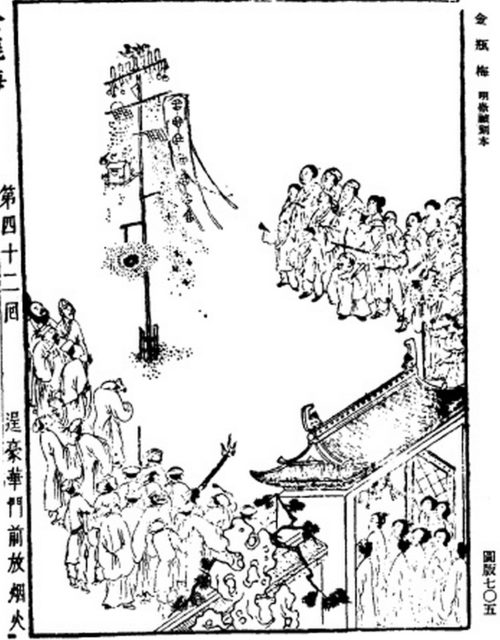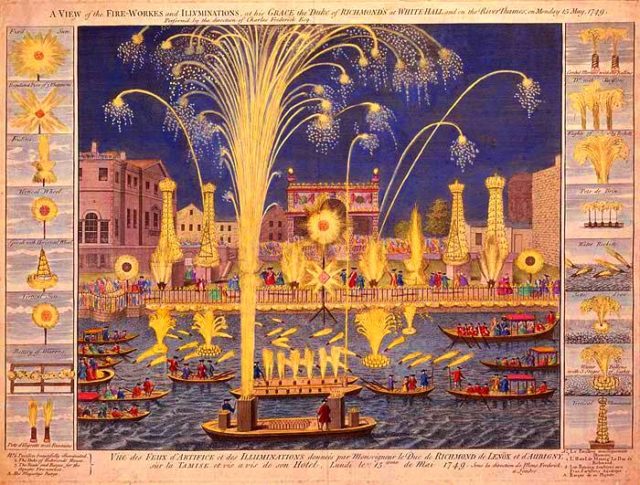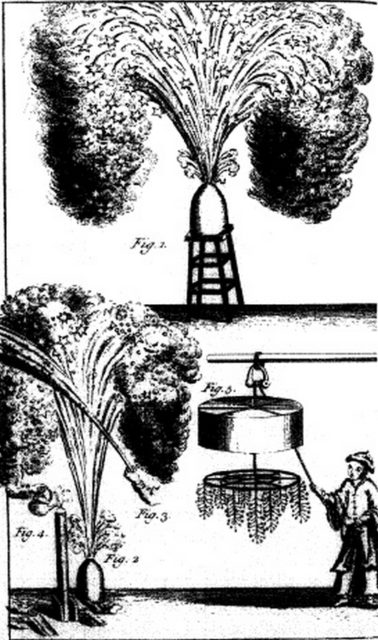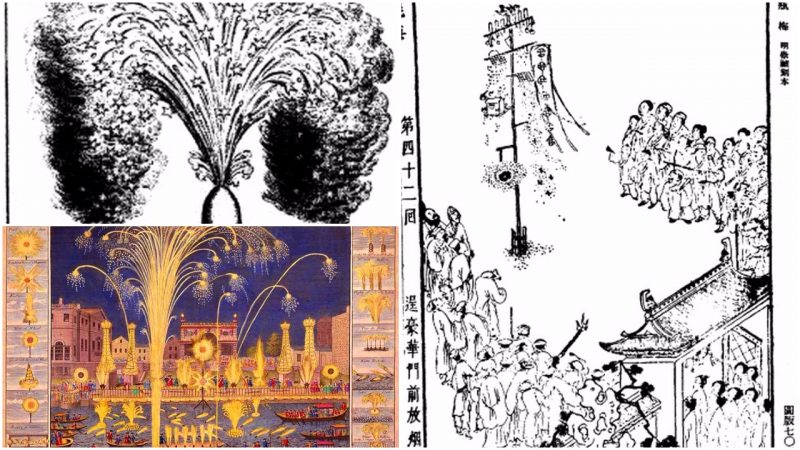Each New Year’s Eve comes with a couple of ingredients without which it is impossible to imagine any of the celebrations. After the eggnog, the tinsel, the Christmas lights and Christmas tree, one of the things that everybody expects to see and wrap up the year with is a good fireworks show.
However, you my not be familiar with the true origin of fireworks. Fireworks were invented way back in the 7th century, during the rule of Tang Dynasty in China. They were found at various festivals around China, and eventually, they became popular in other cultures and societies.
In China, producing fireworks was regarded as a special art and science. Very soon, it developed into a distinct profession; hence, producers had a special acknowledgement in Chinese society, as they were required to provide invaluable knowledge on how to set up good fireworks displays. On a further note, Chinese people believed that fireworks could expel evil spirits, as well as to bring about good fortune and happiness.

Later on, fireworks started being used for entertainment purposes. Records show that one of the first such was held in the year 1110, when a huge martial demonstration was held to entertain Emperor Huizong of Song and his court.
In 1264, another record indicates of a rocket-propelled firework for a feast that Emperor Lizong of Song dedicated to his mother, Empress Dowager Gong Sheng.
The ‘Chinese Flowers’
With their in-depth research into early pyrotechnics, the Chinese already had the knowledge that helped them become the first civilization to introduce gunpowder into warfare. By the 14th century, rocket propulsion would become very common.
In 1240, the Arabs also acquired knowledge of gunpowder and its uses from China. A Syrian record attributed to Hasan al-Rammah tells of various rockets, fireworks, and similar devices. The record suggests all this has been derived from Chinese sources. In one passage of his writing, he refers to fireworks as ‘Chinese flowers’.

The ‘Chinese flower’ came to prominence across Europe in the mid 17th century. That was the peak of the chinoiserie, a period when Europeans will frequently interpret and imitate Chinese and other East Asian artistic traditions. By large, this discipline featured decorative arts and garden design, and huge influence is also evident in literature, theater, and music. Fireworks were no exception.
Lev Izmailov, the Russian ambassador to China during the time of Peter the Great, reported on one occasion that “they make such fireworks that no one in Europe has ever seen.”

By 1765, there was already a publication that depicted accurate methods and compositions of how to produce many types of Chinese fireworks. And in 1749, George Handel composed Music for the Royal Fireworks in order to celebrate the Peace treaty of Aix-la-Chapelle.
Read another story from us: New Year’s Eve Ball Drop is one of the most iconic events in USA
All these events highlight how fireworks became so popular for entertainment purposes and in festivities across the world, and how the so-called ‘Chinese Flower” would become an invaluable part of each New Year’s Eve experience.
